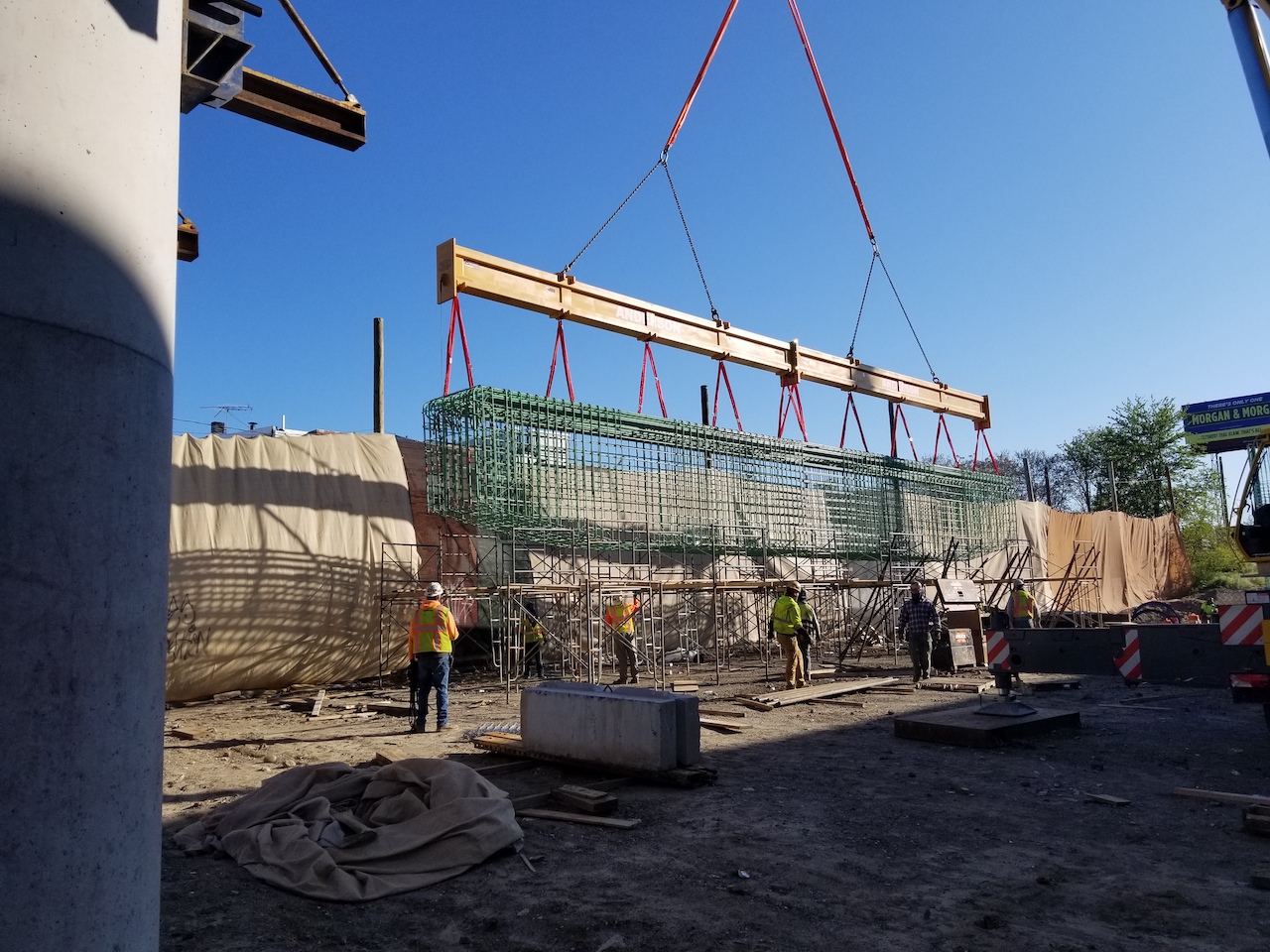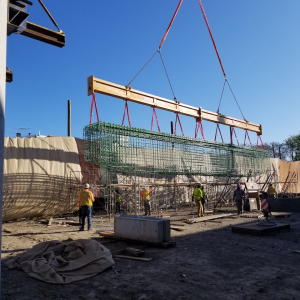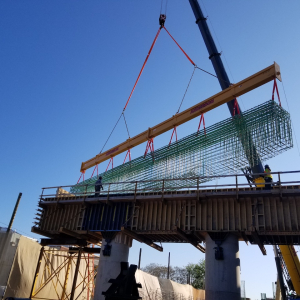
The Caldwell Group - A manufacturer of below-the-hook lifting solutions
 The Caldwell Group is a manufacturer of below-the-hook lifting solutions for crane, material handling and other applications. The company’s engineers are specialists in designing bespoke solutions for the world’s most challenging, heavy duty projects. The product range is varied and includes lifting and spreader beams, vacuum attachments, remote releasing hooks, and gantry cranes.
The Caldwell Group is a manufacturer of below-the-hook lifting solutions for crane, material handling and other applications. The company’s engineers are specialists in designing bespoke solutions for the world’s most challenging, heavy duty projects. The product range is varied and includes lifting and spreader beams, vacuum attachments, remote releasing hooks, and gantry cranes.
Contact
Contact: Doug Stitt
t: (+1) 815-229-5667
e: dstitt@caldwellinc.com
w: www.caldwellinc.com
www.jcrenfroe.com
Caldwell Beam Lifts Rebar Cages on Overpass Project
The Caldwell Group Inc. supplied a custom 75 ft.-long, 50,000-lb. capacity beam for lifting 60 rebar cages at a highway project in Philadelphia, Pennsylvania.
The two-piece beam is currently being used beneath the hook of a 275-ton capacity Grove mobile crane to lift the large pier cap rebar cages, as required for concrete reinforcement during the rebuild of an 8,500 ft.-long, 100 ft.-wide overpass. The cages vary in weight, up to 46,000 lbs., and length, up to 85 ft.
The beam was delivered to James J. Anderson Construction Co. Inc. (JJA), which is delivering a scope of work to Commonwealth of Pennsylvania, Department of Transportation (PennDOT) to construct a two-mile elevated roadway, with ramps, drainage, and associated utilities and civil engineering works. JJA is utilizing its Anderson-owned crane fleet.
Tom Eicher, director of engineering at Caldwell, said: “The beam was designed, manufactured and built in two sections, due to the overall pick length required. It can be used both bolted together at its full length or in individual sections, if required. The rebar cages require support at multiple points from the lifting beam by means of the lower rigging. Multiple lower rigging lugs allow riggers to distribute the weight of the cage to minimize cage deformation. This allows for proper control while handling the lifted load when positioning the rebar cage.”
He added that the upper rigging design arrangement helps further support the lifting beam. The lower lugs are sized for a minimum of three points used to pick up the load. There are 10 lower lug lift points on the full 75 ft.-long assembly, while JJA can use any combination as needed to distribute the load as per their lift plans.
Caldwell supplied the two two-leg chain slings above the beam that are rigged at angles to share the load when both sections of the lifting beam are bolted together and used as an assembly. The synthetic slings above (connected to the crane’s hook) and beneath the beam (connected to the cages), are supplied by JJA. Sling angles were determined during the design process.
“The end hooks are able to attach rigging at a maximum of a 30-degree rigging angle,” Eicher said. “Note that the end hooks are de-rated for that 30-degree angle if required to be used. Ultimately the span beyond 75 ft. is dependent on the rigging length employed [by JJA].”
The beam was painted in standard Caldwell paint and JJA manages storage onsite in between lifts. Eicher added that an in-service inspection program was established by the end user based on the amount of use in line with ASME B30.20 recommendations.
PennDOT oversees programs and policies affecting highways, urban and rural public transportation, airports, railroads, ports, and waterways. The project continues and is scheduled for completion next year.

Caption: The two-piece beam is currently being used beneath the hook of a 275-ton capacity Grove mobile crane.

Caption: The 75 ft.-long, 50,000-lb. capacity beam is being used for lifting 60 rebar cages.
Contact for editorial enquiries: Darrin Noe, dnoe@caldwellinc.com

























































